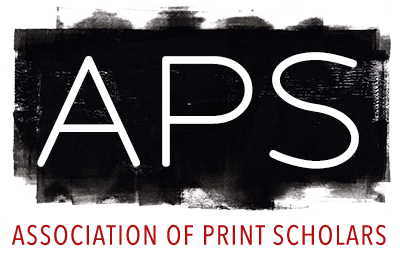CFP: Multiplied and Modified – Reception of the Printed Image in the Fifteenth and Sixteenth Centuries (Warsaw, 28-29 Jun 18)
Deadline: Jan 15, 2018
Multiplied and Modified. Reception of the Printed Image in the Fifteenth and Sixteenth Centuries
International conference, University of Warsaw and the National Museum in Warsaw
Conference: 28-29 June 2018
Deadline: 15 January 2018
Keynote speakers:
Jean Michel Massing (University of Cambridge)
Suzanne Karr Schmidt (The Newberry, Chicago)
The production of printed image consists of a multiplication of a particular design, whereas the consumption and reception of single impressions often involve various modifications. Multiple, but virtually identical woodcuts or engravings reproduce and thus disseminate the original composition, while at the same time they have lives of their own. They have been placed in various contexts, coloured, trimmed, framed, pasted into books and onto other objects. The place of prints in both visual and material culture of the fifteenth and sixteenth centuries is a continuously growing field in recent scholarship. However, these studies usually focus on the most prominent centres of production situated in Italy, the Low Countries, France and the Empire. The principal aim of the conference Multiplied and Modified. Reception of the Printed Image in the Fifteenth and Sixteenth Centuries is to contribute to the research on the beginning and early development of the graphic arts from the perspective of the beholder, while broadening geographically the field of inquiry, i.e. by shifting the emphasis to the regions of Central Europe, the British Isles, the Iberian Peninsula, Dalmatia, as well as considering the reception of the European prints on other continents.
Possible topics include but are not limited to:
- Practices of consumption of printed images (owners and beholders, reasons for their interest in printed images; collecting and connoisseurship; printed images in public spaces and in households)
- Printed images in the early modern iconography and contemporary written sources
- Print market, copyright and censorship; printed images in confessional disputes
- Reproductive function of printed images and modifications, adaptations and transformations of original designs, matrices and single impressions
- Printmaking and bookmaking (role of illustrations in printed books as compared with handwritten illuminated codices; illustrated books and broadsheets, written commentaries to woodcuts and engravings)
We invite proposals from scholars of all disciplines working on the history of print culture.
Papers should be twenty minutes in length and will be followed by a ten-minute Q&A session.
Please e-mail an abstract of no more than 300 words to Magdalena Herman (multipliedandmodified@uw.edu.pl) by January 15, 2018.
Along with your abstract please include your name, institution, paper title and a brief biography of no more than 200 words. Successful applicants will be notified by February 19, 2018. Please indicate whether you would be interested in further developing your paper for a publication.

Leave a Reply
You must be logged in to post a comment.